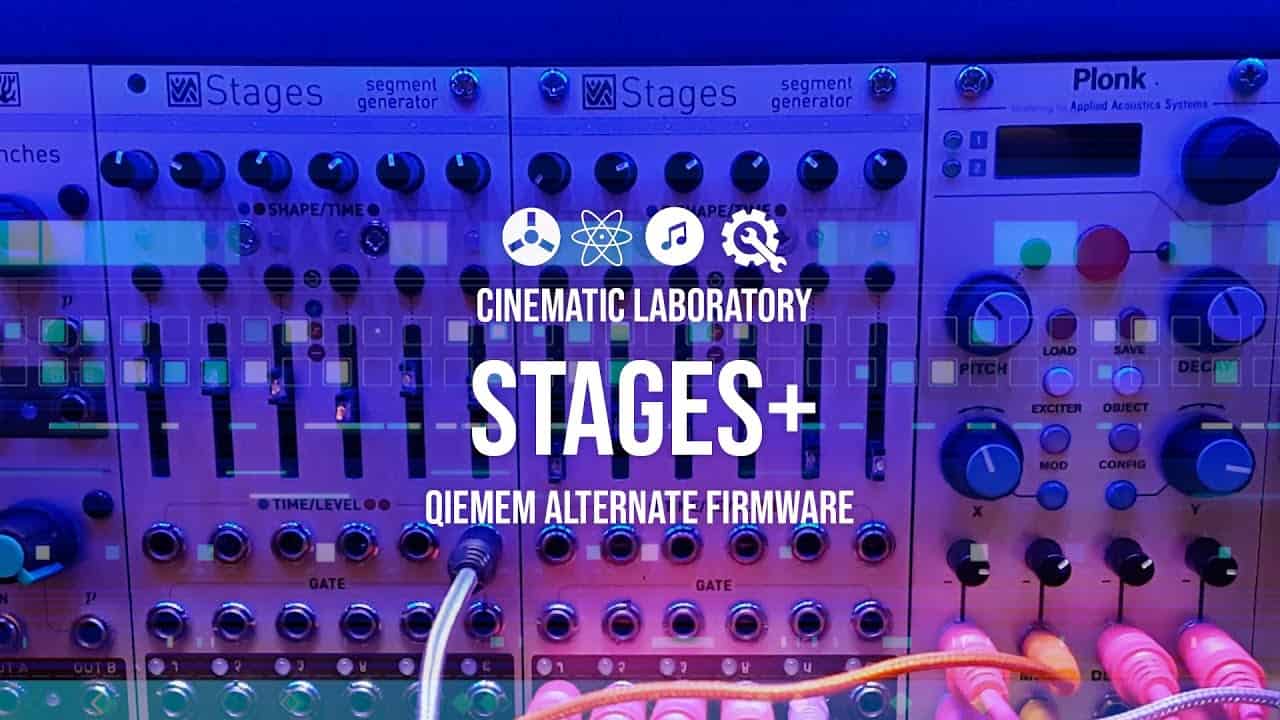Ableton Beginners Complete Music Production Collection
This massive bundle combines the Music Production Essentials Collection (6 Courses) and The Beginner’s Guide to Music Production in Ableton Live, to give producers a complete package for learning production with Ableton Live.

The Ableton guide covers all the basics of working with Live, from first steps right through to exporting a final arrangement. The Essentials Collection then extends this by delivering comprehensive lessons on each of the core mixing, sound design and music theory areas that’ll extend your skillset and help take your music to the next level. All courses are taught by Producertech Senior Tutor and Ableton Certified Trainer Rob Jones.
Included in the Ableton Beginners Complete Music Production Collection (Affiliate Link) are the following 7 Courses:
Beginner’s Guide to Music Production in Ableton Live (Affiliate Link)
Master the basics of working with audio and MIDI in Live to help with building beats, making backing tracks, performing and producing your own music.
EQ Fundamentals (Affiliate Link)
Learn to competently apply EQ in your music, understanding fully what frequencies make up a sound and how to shape them to improve your mix.
Compression Fundamentals (Affiliate Link)
Get to grips with the basics of compression, as well as learning about sidechain options, peak and RMS detection, parallel processing, multi-band compression, and lots more!
The Art of Filtering (Affiliate Link)
From standard static filtering, right through to dynamic, modulated frequency shaping, this course will cement your understanding of this crucial audio effect.
Beginner’s Guide to Synthesis (Affiliate Link)
Learn the basics of sound designing with a range of popular synths, to enable easier patch editing and creation of your own presets from scratch.
The Art of Sampling (Affiliate Link)
The core concepts of sampling, getting you fully up to speed with the common controls and how to use them to design drums, leads, basses and more.
Beginner’s Guide to Music Theory for Producers (Affiliate Link)
Become confident with scales, intervals and chords, to help with making basslines and other melodic accompaniment in the key of your music.
Purchasing the Ableton Beginners Complete Music Production Collection (Affiliate Link) gives you immediate access to the 35 hours of streamed tutorials, along with the supporting materials included in each course, such as written notes, software projects, practice sessions, assessments and bonus samples. All in all, a huge package to ensure the highest quality learning experience!
Check out the individual course pages for more details, where you’ll also find sample lessons for each course to watch before purchasing. Ableton Beginners Complete Music Production Collection (Affiliate Link) is available now.










